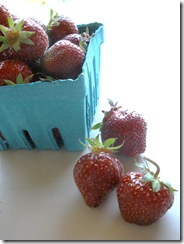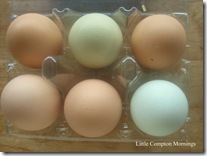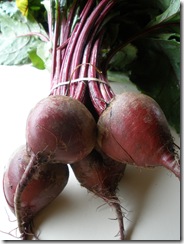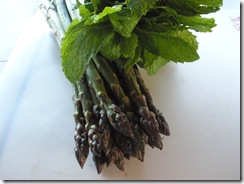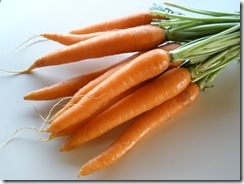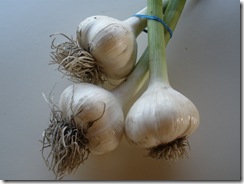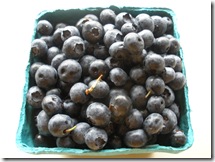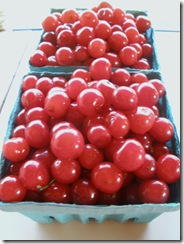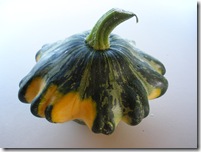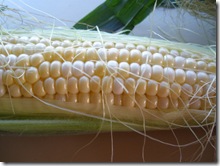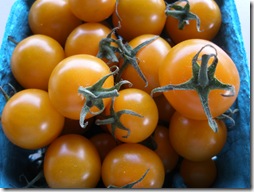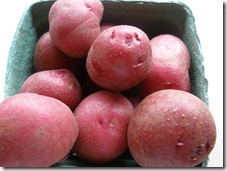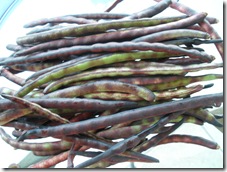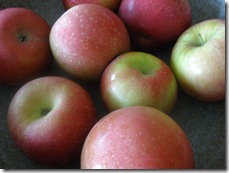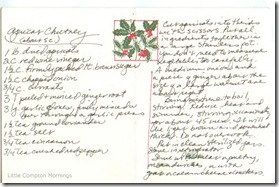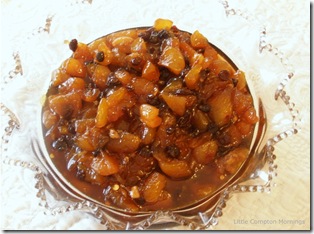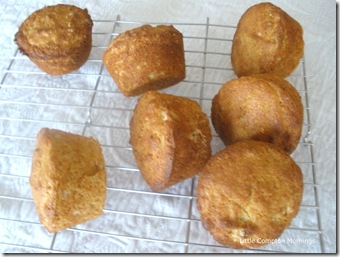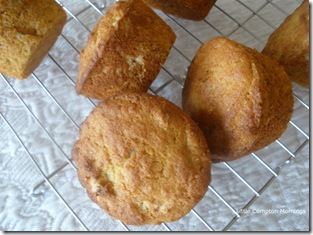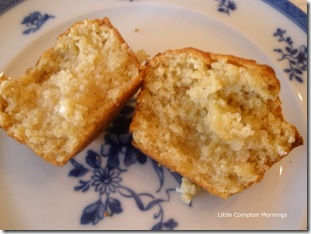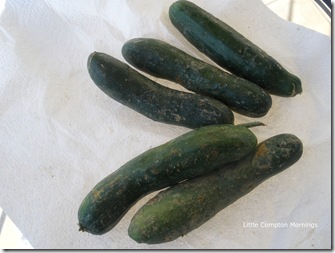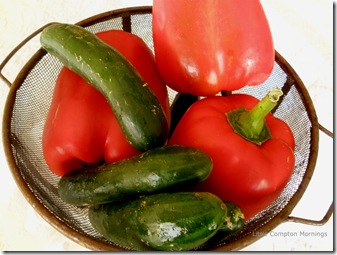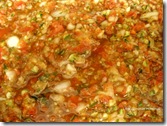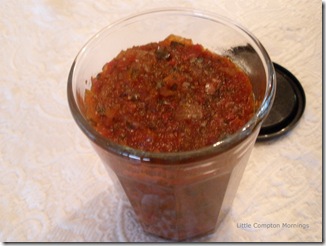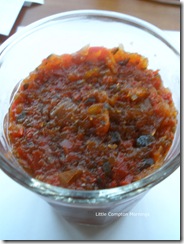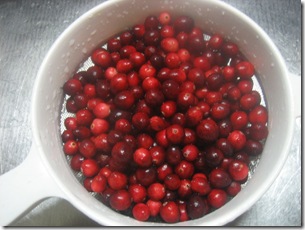 Thanksgiving is extra-special to Rhode Islanders, especially those who live East of Narragansett Bay. Rhode Island, along with southeastern Massachusetts, was home to the Wampanoag, the native people without whom the Pilgrims would not have survived their first winter or, indeed, had a harvest the following year to celebrate at all. The leader of the Wampanoag, Massasoit, was born near Bristol, RI, the seat and summer residence of Massasoit and likely the place from which he and other Wampanoag walked for two days to join the Pilgrims for a harvest dinner in the fall of 1621. That first harvest was the metaphorical seed of all other harvests since enjoyed by every one of us migrants to this country.
Thanksgiving is extra-special to Rhode Islanders, especially those who live East of Narragansett Bay. Rhode Island, along with southeastern Massachusetts, was home to the Wampanoag, the native people without whom the Pilgrims would not have survived their first winter or, indeed, had a harvest the following year to celebrate at all. The leader of the Wampanoag, Massasoit, was born near Bristol, RI, the seat and summer residence of Massasoit and likely the place from which he and other Wampanoag walked for two days to join the Pilgrims for a harvest dinner in the fall of 1621. That first harvest was the metaphorical seed of all other harvests since enjoyed by every one of us migrants to this country.
Little is known about what was eaten at that dinner, but we do have one first-person account, that of Edward Winslow:
“Our harvest being gotten in, our governour sent foure men on fowling, that so we might after a speciall manner rejoyce together, after we had gathered the fruits of our labours ; they foure in one day killed as much fowle, as with a little helpe beside, served the Company almost a weeke, at which time amongst other Recreations, we exercised our Armes, many of the Indians coming amongst us, and amongst the rest their greatest king Massasoyt, with some ninetie men, whom for three dayes we entertained and feasted, and they went out and killed five Deere, which they brought to the Plantation and bestowed on our Governour, and upon the Captaine and others.”
In addition to fowl and venison, they probably enjoyed fish and shellfish, and perhaps some thick jonnycakes, again thanks to the Wampanoag and the famous Rhode Island whitecap flint corn. We can deduce this from the writing of the Pilgrim settlement’s governor, William Bradford:
“They begane now to gather in ye small harvest they had, and to fitte up their houses and dwellings against winter, being all well recovered in health & strenght, and had all things in good plenty; fFor as some were thus imployed in affairs abroad, others were excersised in fishing, aboute codd, & bass, & other fish, of which yey tooke good store, of which every family had their portion. All ye somer ther was no want. And now begane to come in store of foule, as winter approached, of which this place did abound when they came first (but afterward decreased by degrees). And besids water foule, ther was great store of wild Turkies, of which they tooke many, besids venison, &c. Besids, they had about a peck a meale a weeke to a person, or now since harvest, Indean corn to yt proportion.”
As for vegetables, historians believe the first Thanksgiving included squash, pumpkins, onions, carrots, and cabbage, but not yet another great Rhode Island crop, potatoes. Still, not much has changed at the Thanksgiving table these 387 years later, and we are eating many of the same things. But a look back at the growing season shows a harvest that the Pilgrims, and even the wise Massasoit, could scarcely have imagined. Happy Thanksgiving.
___
I'll be away for the holiday, and will return to LC Mornings in two weeks.

